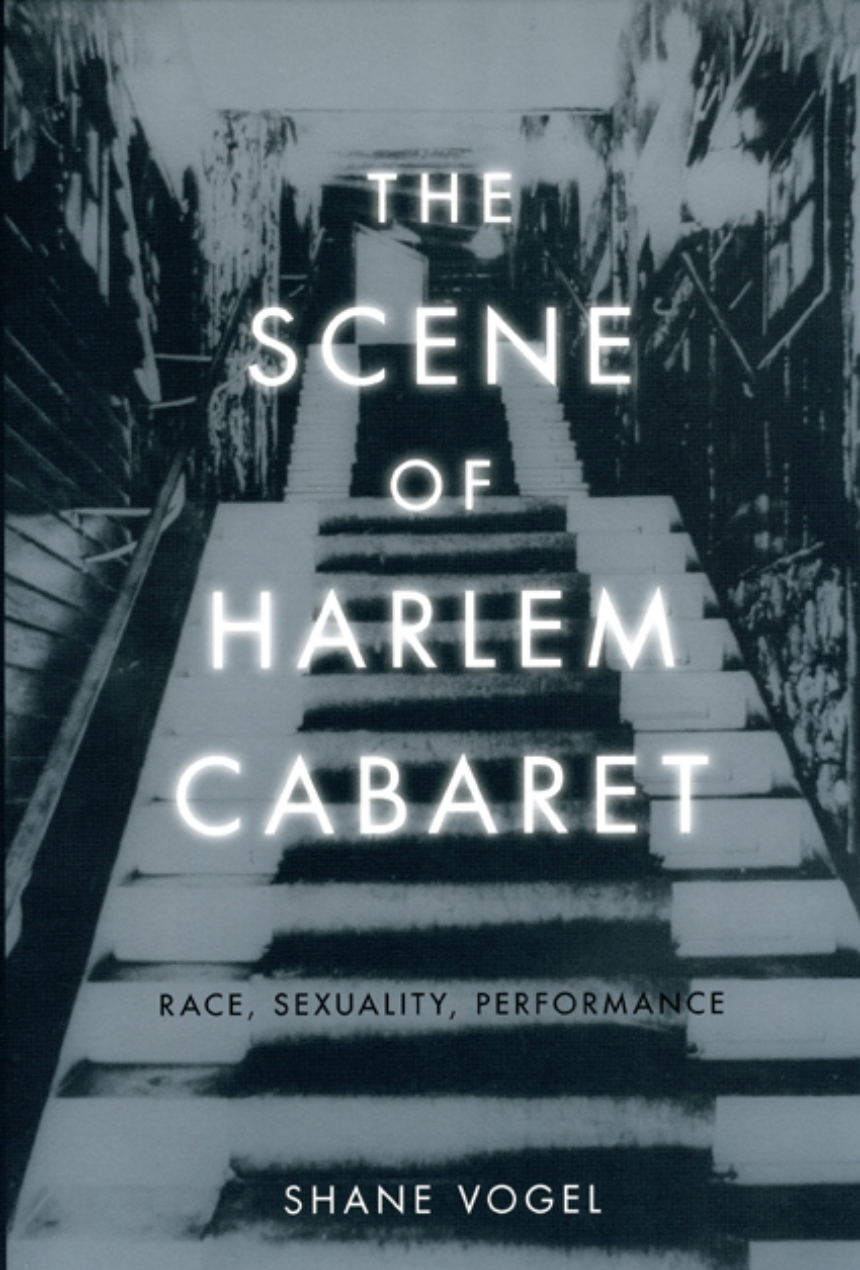The Scene of Harlem Cabaret
Race, Sexuality, Performance
Harlem’s nightclubs in the 1920s and ’30s were a crucible for testing society’s racial and sexual limits. Normally tacit divisions were there made spectacularly public in the vibrant, but often fraught, relationship between performer and audience. The cabaret scene, Shane Vogel contends, also played a key role in the Harlem Renaissance by offering an alternative to the politics of sexual respectability and racial uplift that sought to dictate the proper subject matter for black arts and letters. Individually and collectively, luminaries such as Duke Ellington, Lena Horne, Langston Hughes, Claude McKay, Wallace Thurman, and Ethel Waters expanded the possibilities of blackness and sexuality in America, resulting in a queer nightlife that flourished in music, in print, and on stage.
Deftly combining performance theory, literary criticism, historical research, and biographical study, The Scene of Harlem Cabaret brings this rich moment in history to life, while exploring the role of nightlife performance as a definitive touchstone for understanding the racial and sexual politics of the early twentieth century.
264 pages | 14 halftones | 6 x 9 | © 2009
History: American History
Literature and Literary Criticism: American and Canadian Literature
Music: General Music
Sociology: Urban and Rural Sociology
Reviews
Table of Contents
List of Illustrations
Introduction: Against Uplift: Performance, Literature, and the Queer Harlem Renaissance
Chapter 1: American Cabaret Performance and the Production of Intimacy
Chapter 2: The Scene Of Harlem Cabaret: 1926 and After
Chapter 3: Closing Time: Langston Hughes and the Queer Poetics of Harlem Nightlife
Chapter 4: Re-reading Du Bois Reading McKay: Uplift Sociology and the Problem of Amusement
Chapter 5: Lena Horne’s Impersona
Afterword: Irrealizing the Queer Harlem Renaissance
Notes
Bibliography
Index
